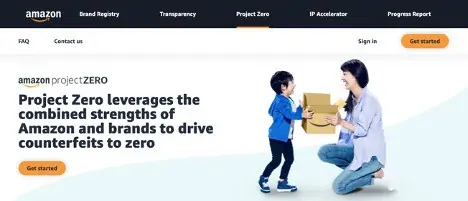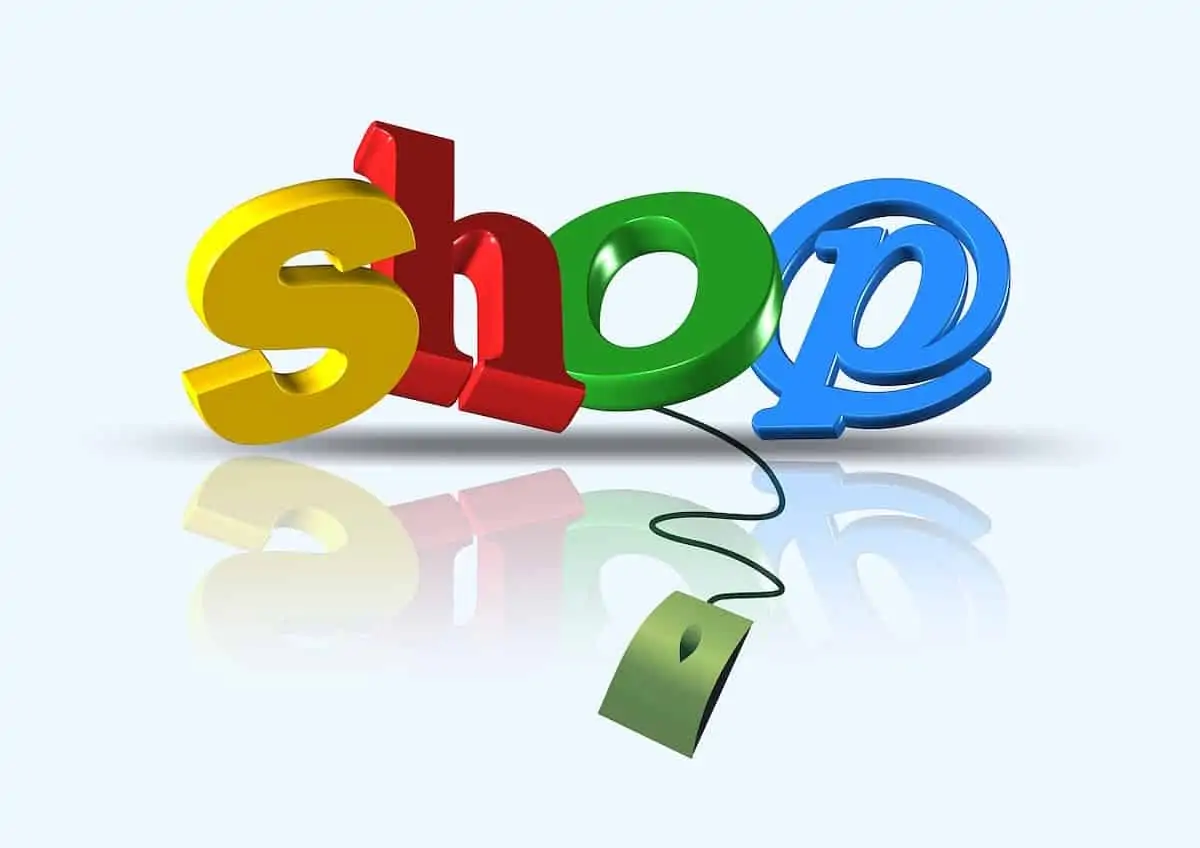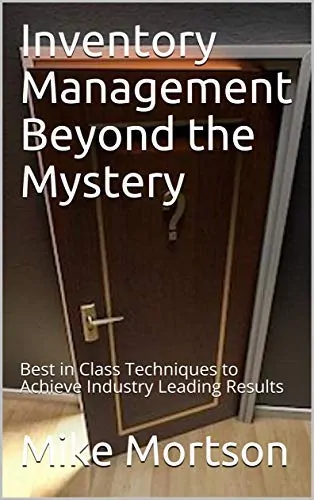Counterfeiters can cause a lot of damage to your Amazon business. They can undercut your prices, skimming valuable profit from your listings. And even worse, they can really tarnish your reputation, discouraging customers from trusting you. Amazon is aware it has a counterfeit problem and has launched Amazon Project Zero.
The eCommerce giant has faced many lawsuits from brands saying that it is not doing enough to fight copycats in the marketplace.
According to Red Points, consumers that had purchased counterfeits highlighted Amazon as a source for fakes. Some notorious copycat items include:
- 68% of sex toys
- 26% of consumer electronics
- 23% of sportswear
- 43% of baby products
Source: Red Points
The counterfeiting issue has already reached a high point. It’s creating a real image problem for Amazon, and even poor customer experiences.
Both sellers and consumers have called the retail titan to Action. That’s why Amazon rolled out Project Zero in 2019.
We took a dive into the program to find out what it’s all about. In this post we’ll tell you how Amazon Project Zero works, and how it can use it to protect your brand.
What is Amazon Project Zero?

Image source: Amazon Project Zero
Project Zero combines Amazon’s technology for brands to protect their intellectual property (IP).
The new program empowers brands to remove copycat goods by themselves, without contacting Amazon.
Project Zero’s main goal is to combine the strengths of Amazon and brands to decrease counterfeit issues in the marketplace.
How Does Project Zero Fight Counterfeit Listings?
Amazon Project Zero combines product data, machine learning, and serialization with a brand’s own IP knowledge.
The goal, as we said, is to detect and remove counterfeit items from the marketplace. To achieve this, Project Zero features three key tools to neutralize copycat products:
Automated Protections
This tool uses Amazon’s machine learning expertise to scan and remove suspected counterfeits. Here’s how it works:
- Each brand provides key data points about themselves, such as products, logos, trademarks.
- This info is fed into the machine learning tool, which will scan more than 5 billion listings daily.
- Automated Products detects suspected counterfeits and removes them from the marketplace.
Amazon estimates that the tool removes 100x more copycat products than their existing process, based on brand reports.
Self-Service Counterfeit Removal
In the past, sellers had to report any counterfeit, and Amazon would investigate the claims. Now, sellers don’t have to wait for Amazon’s approval. The Counterfeit Removal Tool allows brands to remove flagged counterfeit listings by themselves.
Plus, the data goes back into Automated Protections. This feedback enhances the tool’s algorithms to better counterfeit listings.
This feature gives incredible responsibility to brands. Now, sellers can boost up the process of removing fake listings from the marketplace. However, it also brings some concerns about whether the tool can or will be abused.
To promote reliability, Amazon requires brands to take a training course, as part of their enrollment in Project Zero.
The marketplace also monitors brands to prevent abuse. For example, sellers must keep a counterfeit removal accuracy of 99%. Anything below and Amazon may suspend their Project Zero privileges.
Product Serialization
Product serialization allows Amazon to scan and confirm the authenticity of an item. The goal is to detect and stop counterfeits from reaching customers. Here’s how it works:
- The brand attaches a unique serial code on each of their products.
- Amazon uses the code to cross-reference them with every product sold on the marketplace.
- Every time a serialized product is purchased, Amazon scans and verifies the authenticity of the purchase.
Project Zero Limitations
Amazon Project Zero gives brands three excellent tools to fight against counterfeiting. But there are still some obstacles to surpass.
The fact is that Project Zero is not a complete solution to online copycats. Here are some key limitations that may prevent the program from working fully:
- Increased Price
Automated Protection and Counterfeit Removal are free tools. Product Serialization, however, is an optional paid-for feature of Project Zero. Brands adopting the feature must pay $0.01 to $0.05 per item.
- Responsibility
It’s great that brands take the lead to handle counterfeits. However, Amazon may be forfeiting the responsibility for the enforcement.
In theory, Amazon could take a hands-off approach to the struggle, and just point brands to the tools they can use.
This increases the work sellers need to do specifically to monitor its IP infringements.
- Trademark Register
The program is only available to Amazon’s Brand Registry sellers. This means that brands who may not have trademarks can’t enroll in Brand Registry. Therefore, they will be excluded from Project Zero.
Counterfeiting Exclusivity
Project Zero is only an anti-counterfeiting initiative. It does not address other IP issues on Amazon, such as trademark misuse in a competitor’s listing. The program can’t manage any unlawful third-party seller activity.
Loopholes
Project Zero focuses on managing counterfeits sold under a brand’s ASIN, and that share the same product listing page. But project Zero still misses some counterfeit loopholes.
For example, sellers can still create duplicate listings utilizing fake UPCs or separate ASINs to create fake listings. They can still take patented intellectual property, and sell it under a different brand name.
Transparency & Accountability
It is very easy for counterfeiters to create new sellers accounts. They only need an email, phone number, address, credit card, business name and bank account.
Amazon may look into increasing seller transparency and accountability. The marketplace can also request more detailed data about their listings. In the end, the details will protect consumers and brands from fake products.
Extra Tools to Protect Your Brand
Project Zero is not the only tool Amazon for Brand protection. Sellers can also join Amazon’s Brand Registry and Transparency programs to fight counterfeits on the marketplace.
Amazon Brand Registry
The program is designed for brand owners and manufacturers selling on Amazon. It helps sellers protect their intellectual property and product content in the marketplace.
The program also gives sellers access to additional marketing programs, including:
- A+ Content – Enhanced product detail page to drive conversions.
- Amazon Stores – A landing page to showcase your brand and product portfolio.
- Sponsored brands – Feature your custom headline, and multiple products on CPC ads.
Amazon Brand Registry lets sellers control their content on Amazon. That way, you can provide customers with an accurate and trusted experience that results in genuine products.
Transparency by Amazon
Transparency uses an item labeling system to prevent counterfeits. Amazon provides companies unique barcodes to mark their authenticity. Brand then places the codes on each product.
This product serialization enables Amazon to authenticate each item before shipment. It also allows customers to check where a product comes from, when, where and how it was made.
The way it works is as follows: If a seller hijacks your listing and tries to sell counterfeit products, those fakes will be flagged by Amazon and won’t reach the customer.
Transparency by Amazon ensures that the end customer receives the authentic product they ordered.
Sources: Jungle Scout and Deliverr
How Can Brands Sign Up?
Amazon Project Zero is available on an invite-only basis for now. The program is currently available to a select few brands in 19 countries.
Amazon plans to make Project Zero available to all certified brands. In the meantime, brands can apply to be added to the waitlist, if they meet the following criteria:
- Be enrolled in Amazon Brand Registry
- Have a government-registered trademark
- Be the rights owner of the trademark
It is not clear, though, when Amazon will accept new applicants, nor how many are expected to join.
Final Thoughts
Before launching Amazon Project Zero, there has been little that brands could do to fight counterfeiters.
It is far too early to know what the success of the program will be, but Amazon and Amazon Web Services reports that the new tools have seen some initial success.
There are still some issues to be addressed, though. For example, Project Zero does not cover every product on the website. Plus, it seems investing in intellectual property will almost become a necessity to sell on the platform.
This means it will be harder for small brands without the financial resources to battle counterfeits. That said, the initiative IS a relevant step in the fight against copycat products.
Hopefully, Project Zero will be a giant leap to drive counterfeits to zero, and a sign that Amazon may start granting sellers more autonomy.
Author
Esteban Muñoz

Esteban is an SEO copywriter at AMZ Advisers, with several years’ experience in digital marketing and e-commerce. Esteban and the AMZ Advisers team have been able to achieve incredible growth on the Amazon platform for their clients by optimizing and managing their accounts and creating in-depth content marketing strategies.


 EBOOK HERE
EBOOK HERE